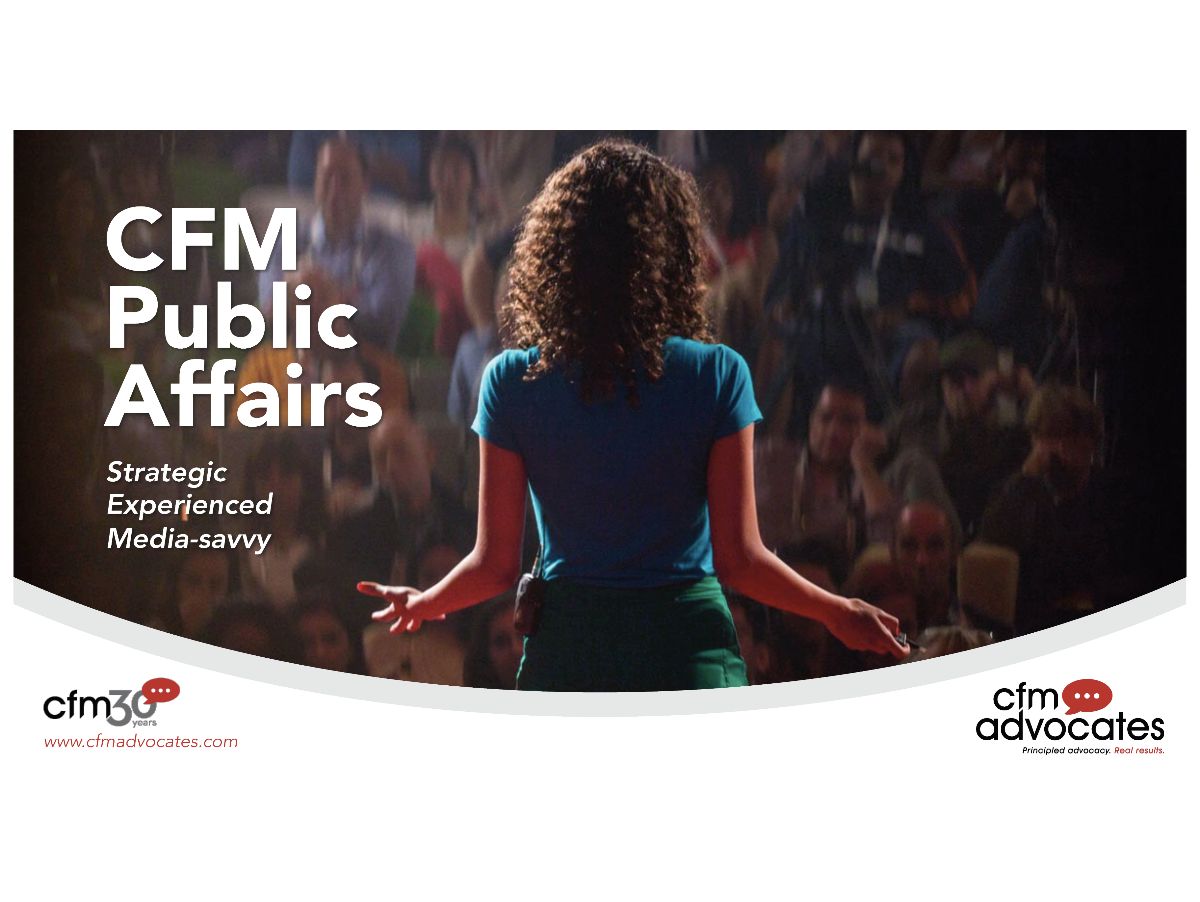
Brain Research Reveals Clues to Achieve Attention and Retention
Neurological research is exploring how human brains code sound from music, with the goal of improving speech assistance tools. This research also may inform communicators on how to tune up their messaging to resonate more deeply with audiences.
Communicators use qualitative research like focus groups to listen to small groups of people engage on a particular topic. What focus group participants say – or don’t say – can provide important clues on how to construct a key message, develop a brand or improve a product.
The realm of public affairs poses special challenges for communicators. An advertisement based on qualitative research must be persuasive. A policy statement must be convincing.
Here’s another way to think about the challenge: An advertisement must persuade a consumer to purchase that a product is better or cheaper than an alternative. A policy statement must convince voters to believe in something.
 Dr. Robert T. Knight, a professor of psychology and neurology at the University of California at Berkeley, is interested in the relationship between attention and memory. He also studies cognitive neuroscience, asking “What is the timing and neural coding of interactions between prefrontal cortex and other brain regions engaged during attention, memory, decision making and language? “
Dr. Robert T. Knight, a professor of psychology and neurology at the University of California at Berkeley, is interested in the relationship between attention and memory. He also studies cognitive neuroscience, asking “What is the timing and neural coding of interactions between prefrontal cortex and other brain regions engaged during attention, memory, decision making and language? “
Dr. Knight explains the context for his research: “Human evolution is paralleled by a massive increase in the connectivity of the frontal cortex to other brain regions. The evolution of the prefrontal cortex is crucial for the development of human cognitive and social behavior.” As brains have grown more complex, the challenge of gaining awareness and making an impression has become more complicated.
NPR carried an interview with Dr. Knight discussing his experiments studying how the brain processes music Pink Floyd, known for songs with earworms found in songs like Nobody Home..
 I’ve got wild staring eyes.
I’ve got wild staring eyes.
And I’ve got a strong urge to fly.
But I got nowhere to fly to.
Dr. Knight and his team found musical patterns stick in people’s brains and can be summoned by the mere sight of the source of the music. While Dr. Knight’s immediate goal is to assist people with frontal lobe damage or language disorders, his findings have a broader application: Music and verbal messages can have deep resonance on almost everybody with a functioning brain.
Melodies set the tone of a song. Melodic use of words can do the same for written or spoken communication.
 The Power of Musical Melody
The Power of Musical Melody
Policy messages aren’t typically rendered in music, though occasionally songs like Dolly Parton’s 9 top 5 convey a policy-related message. The core of music is melody, and melody is something excellent speakers and writers use to make a point that sticks. Their key message becomes a hard-to-forget earworm. Think of President Reagan’s famous line about nuclear disarmament, “Trust but verify”, which convinced many skeptics to agree to a contentious policy decision.
The digital age and rise of social media have placed a priority on speed in communications. You need to move quickly to newsjack a trending story. You need to respond quickly to a crisis situation. Your need to capture the moment to have an online post go viral.
The focus on speed often overwhelms the need for resonance. Saying something quickly often doesn’t equate to saying something that sticks. While many communication challenges demand quick responses, but they also deserve thoughtful, well-conceived messages that audiences will remember. It’s noteworthy that Dolly Parton wrote 9 to 5while acting in the film as it was being shot.
Turning every policy statement into a tune isn’t practical or appropriate. Applying the principles of music – and its cousin poetry – to policy-related communication is possible and purposeful.
 Melodic Principles
Melodic Principles
Melody is a basic element of music and consists of a sequence of notes that are repeated throughout a song. Melody often is the memorable part of a song, even more so than words. The best melodies form an arc – a clear beginning, a climatic moment and pleasing ending. Melodies are structured, not accidental. For communicators, a melodic structure energizes a key message.
New melodies often borrow from older ones, especially those that are catchy and familiar. As Dr. Knight’s research reveals, familiar patterns aid recognition and cognition. It is easier for a listener to comprehend something already stored in their brain, whether it’s sentence structure, word pairings or active verbs.
The Pentatonic scale has existed for eons in multiple civilizations, which suggests communicators should rely on simple word choices and clear metaphors to make association easier for a diverse audience. People may not remember numbers but they can track and recall items rendered in threes.
Melodies set the tone of a song. Melodic use of words can do the same for written or spoken communication. Popular music today feature a handful of chord progressions. What sets songs apart is their melodies, as evidenced by fans humming the melody rather than singing the words.
Most catchy melodies are simple. Ditto for key messages. Melodies and key messages are intended to be mini-stories that animate a larger story or issue.
You don’t have to be a musical genius to incorporate melody into communications. With a basic understanding of melody, communicators can listen to whether a key message, a speech opening or a closing summary makes a point worth hearing and remembering.
For more on this topic: https://cfmadvocates.com/songwriters-compose-conversations-with-listeners/




